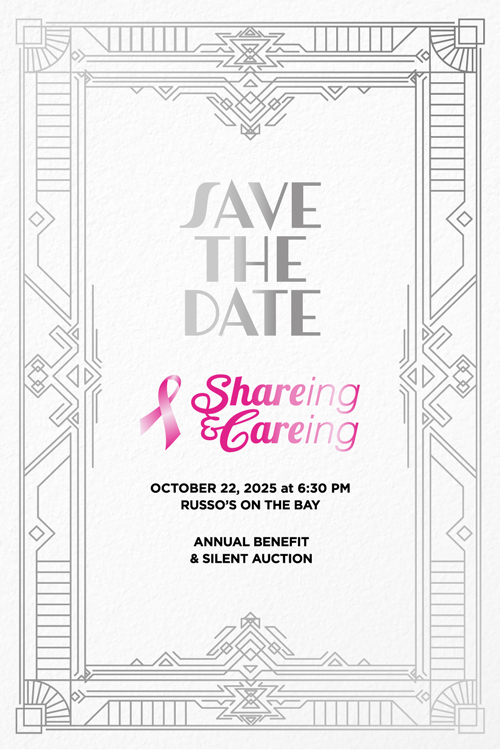Lung cancer is one of the deadliest cancers in America, responsible for 12% of all new cancer cases and a disproportionate 21% of all cancer deaths. Not only are patients more likely to die from lung cancer than any other cancer, but the 5-year survival rate is only 3-64%, depending on the cancer type and stage. Compare that to breast cancer, the most diagnosed cancer in the world, which has a 5-year survival rate of 29-99%.
With odds like that, it’s no wonder that lung cancer early detection has gained the interest of both doctors, patients and even the media with the “Saved By The Scan” campaign. After all, regular cancer screenings have been credited with sharp declines in the rate of colorectal cancer, breast cancer, cervical cancer, and liver cancer. Why not lung cancer screening?
In this article we’ll explain the commonly mentioned lung cancer test options, screening criteria like smoking status and age, explain the most recommended screening method (low-dose lung CT scans), and go over screening costs.

Lung Cancer Tests
Over the years, a variety of lung cancer detection methods and tests have been studied, some with greater efficacy than other.
- Lung cancer genetic testing, while useful in determining risk levels for cancers like breast and ovarian cancer, is not currently advanced enough to predict lung cancer risk. However, once a diagnosis has been made, genetic testing can be used on the tumor itself to guide treatments plans.
- Lung cancer breath tests (breathomics testing), is a very promising testing method that has shown to accurately detect lung cancer in a number of studies. More research is needed before breath tests can be used by doctors outside of clinical trials.
- Pulmonary function tests (PFTs) or healthy lung tests are most often used to diagnose allergies, lung infections, asthma, and other lung conditions. They do not detect lung cancer, but they are sometimes used during the course of lung cancer treatment to gauge lung health.
- Sputum cytology tests mucus coughed up from the lungs (sputum) for cancer cells. It does not detect all forms of lung cancer but it is a common test used in the diagnosis procedure.
- Thoracentesis can be performed if there is pleural effusion, or a collection of fluid around the lungs. A needle removes the fluid, which is then tested for cancer cells.
- Needle biopsies remove material from suspicious areas using a hollow needle. The tissue is then tested to determine if it is cancer and if so, what type.
- Bronchoscopy is a procedure that uses a thin flexible tube with a camera or lens on the end. It is put in through the nose or mouth, down the throat, trachea and into the lungs.
- Chest X-rays are usually the first test ordered if your doctor believes you might have a lung abnormality, but screening with chest x-rays is not recommended because it does not reduce the risk of dying from lung cancer and does not detect lung cancer as well as other methods.
- Low-Dose CT Scan (LDCT) of the lung is the current recommended method of lung cancer early detection. It is a type of three-dimensional x-ray that takes pictures of the chest, similar to a mammogram. Contrast can be used in later CT scans to help investigate a cancer once it has been diagnosed.
Lung Cancer Risk Factors
Besides family history, risk factors for lung cancer include high-level or repeated exposure to carcinogens such as:
- Asbestos
- Second-hand smoke
- Radon
- Radioactive materials such as uranium
- Fumes from beryllium, arsenic, cadmium, chloromethyl ethers, coal products, vinyl chloride, chromium compounds, nickel compounds, mustard gas, and silica
- Diesel engine exhaust
- Beta carotene supplements
- Air pollution
- Radiation therapy to the chest
All of these cancer risk factors pale in comparison to cigarette smoking, which is the cause of 80% of all lung cancer deaths. As a result, lung cancer screening criteria are closely tied to tobacco use.

Lung Cancer Screening Age & Criteria
Both the U.S. Preventive Services Task Force (USPSTF) and the American Lung Association recommend adults aged 50-80 be screened annually if they are currently smoking or have quit in the last 15 years and have accumulated 20 “pack years.”
This is an expansion of past guidelines which recommended adults 55-80 get screened if they have accumulated 30 pack years.
Study Finds Missing Regular Mammogram Increases Risk of Death from Breast Cancer
What Is a Pack Year?
A pack year is the equivalent of smoking 1 pack of cigarettes (20 cigarettes) per day for a year. 20 pack years could be smoking
- 20 cigarettes per day for 20 years, or
- 10 cigarettes per day for 40 years, or
- 40 cigarettes per day for 10 years
Who Does Not Need A Lung Cancer Screening?
If you have never smoked, quit smoking more than 15 years ago, or have a condition such that you would not undertake lung cancer treatment regardless of the findings, you do not need to be screened.
Low Dose Lung CT Scan (LDCT)
Of all the available lung cancer tests, scans and screenings, the one that is recommended by both the USPSTF and the American Lung Association is the low-dose computed tomography (LDCT) screening. Other tests, such as chest x-rays and sputum cytology, have not been shown to reduce death from lung cancer. Screening with LDCT does reduce lung cancer deaths.
You will be asked to lie on a table while detailed images are taken of your lungs in a spiral pattern. For that reason, it is often referred to as a helical scan or spiral scan. LDCT uses a very low dose of radiation. It is a painless non-invasive procedure and takes only a few minutes.
Lung CT Scan Cost
Healthcare is not equal for everyone and the cost of preventative services can be a barrier for many people. According to NPR a low-dose lung CT scan used to screen for lung cancer is around $300 and insurance doesn’t always cover it. Good news is that many insurances do, including Medicare and many private insurance companies. The American Lung Association offers a great breakdown on which providers might or might not and what to expect as far as copays and screening criteria requirements.
Get our “Thriver Thursdays” Email
Get all the latest cancer prevention and treatment news plus upcoming survivor programs, straight to your inbox every Thursday. Your privacy is important to us.
If you’re having symptoms or having trouble understanding your screening options, consider our free patient navigation services. As a Queens-based non-profit, SHAREing & CAREing can help connect you and your family members to free or reduced-cost cancer screenings, transportation services, cancer treatments, and help with out-of-pocket costs. If language is a barrier for you or someone you love, speak up or contact us. Studies have shown that those with limited English proficiency are less likely to receive proper cancer services.
Just need an understanding ear? Contact us for individual support, attend a monthly support group meeting or join our online Facebook group.
Sources
- “Cancer Stat Facts: Common Cancer Sites,” National Cancer Institute
- “Lung Cancer Survival Rates,” American Cancer Society
- “Who Should Be Screened For Lung Cancer,” Centers For Disease Control and Prevention (CDC)
- “Assessment of an Exhaled Breath Test Using High-Pressure Photon Ionization Time-of-Flight Mass Spectrometry to Detect Lung Cancer,” JAMA Network Open, 2021
- “Tests For Lung Cancer,” American Cancer Society
- “Bronchoscopy,” American Cancer Society
- “Genetic Testing for Lung Cancer,” Journal of General Internal Medicine, 2002
- “Pulmonary Function Tests,” John Hopkins University
- “Lung Cancer Risk Factors,” American Cancer Society
- “Lung Cancer: Screening,” U.S. Preventive Services Task Force (USPSTF)
- “Is Lung Cancer Screening Right For Me?” American Lung Association
- “Lung Cancer Screening (PDQ®)–Patient Version,” National Cancer Institute
- “Lung Cancer Screening Program Finds A Lot That’s Not Cancer,” National Public Radio (NPR)
- “Is Lung Cancer Screening Covered Under Your Insurance?” American Lung Association


